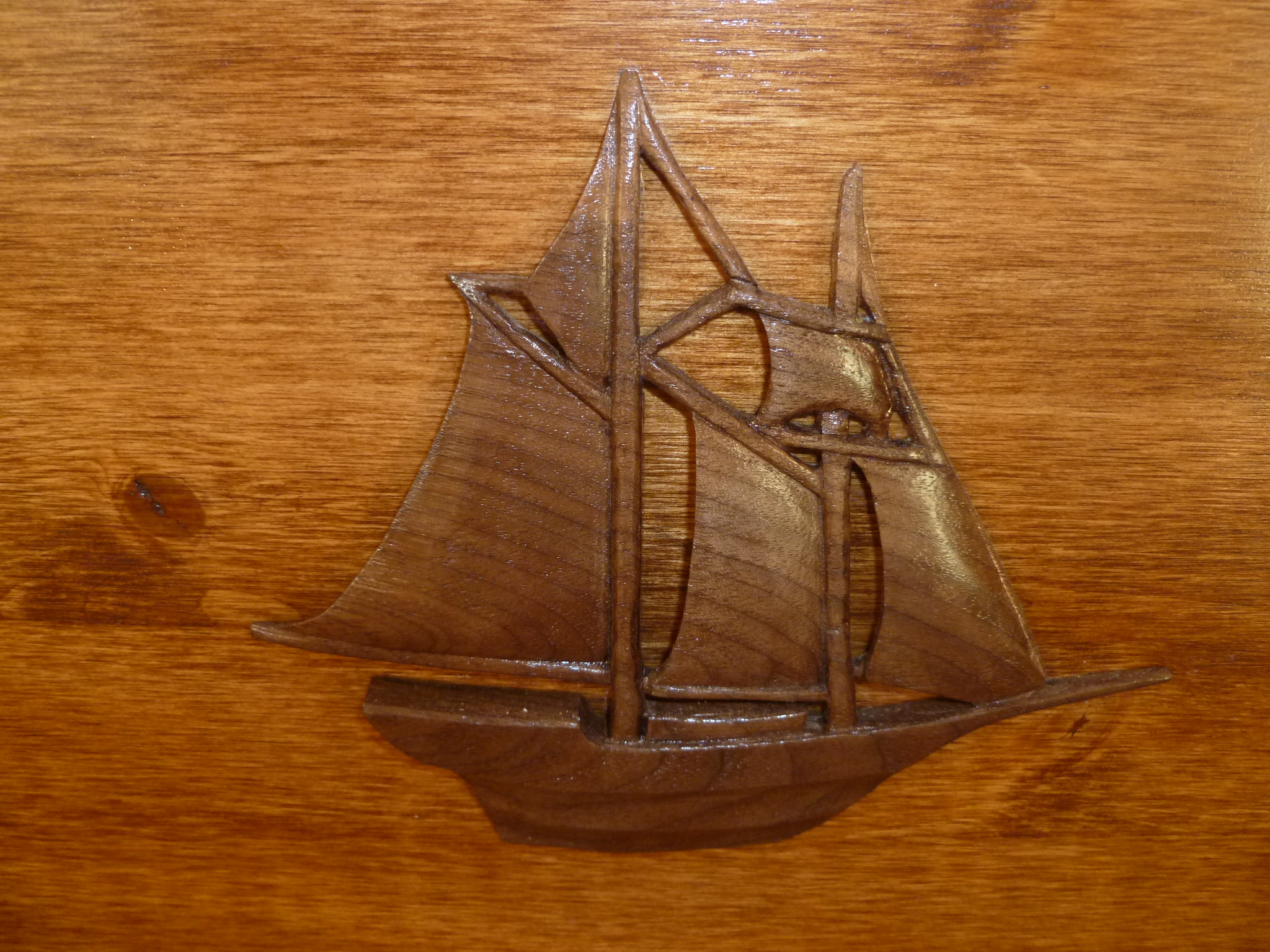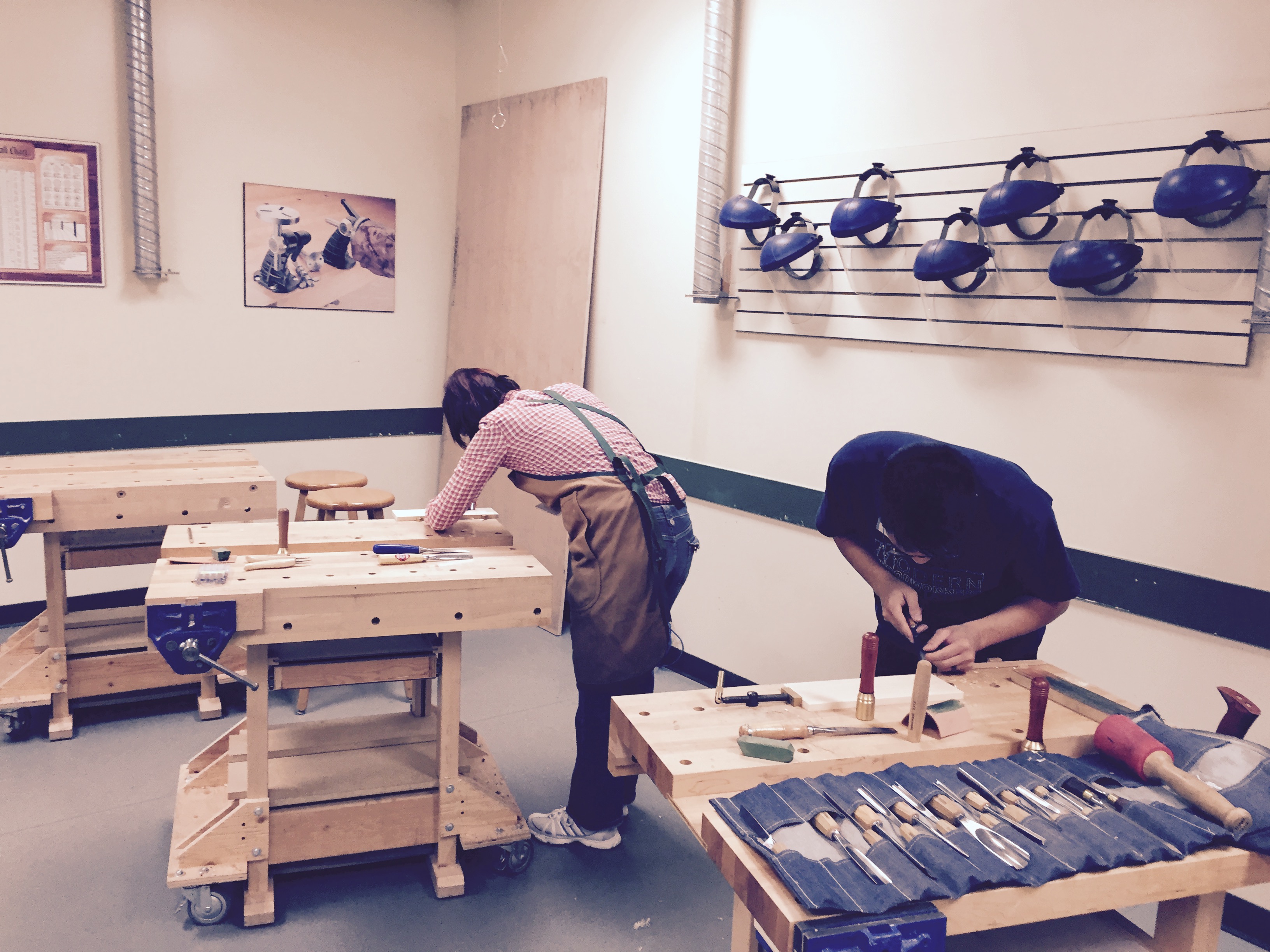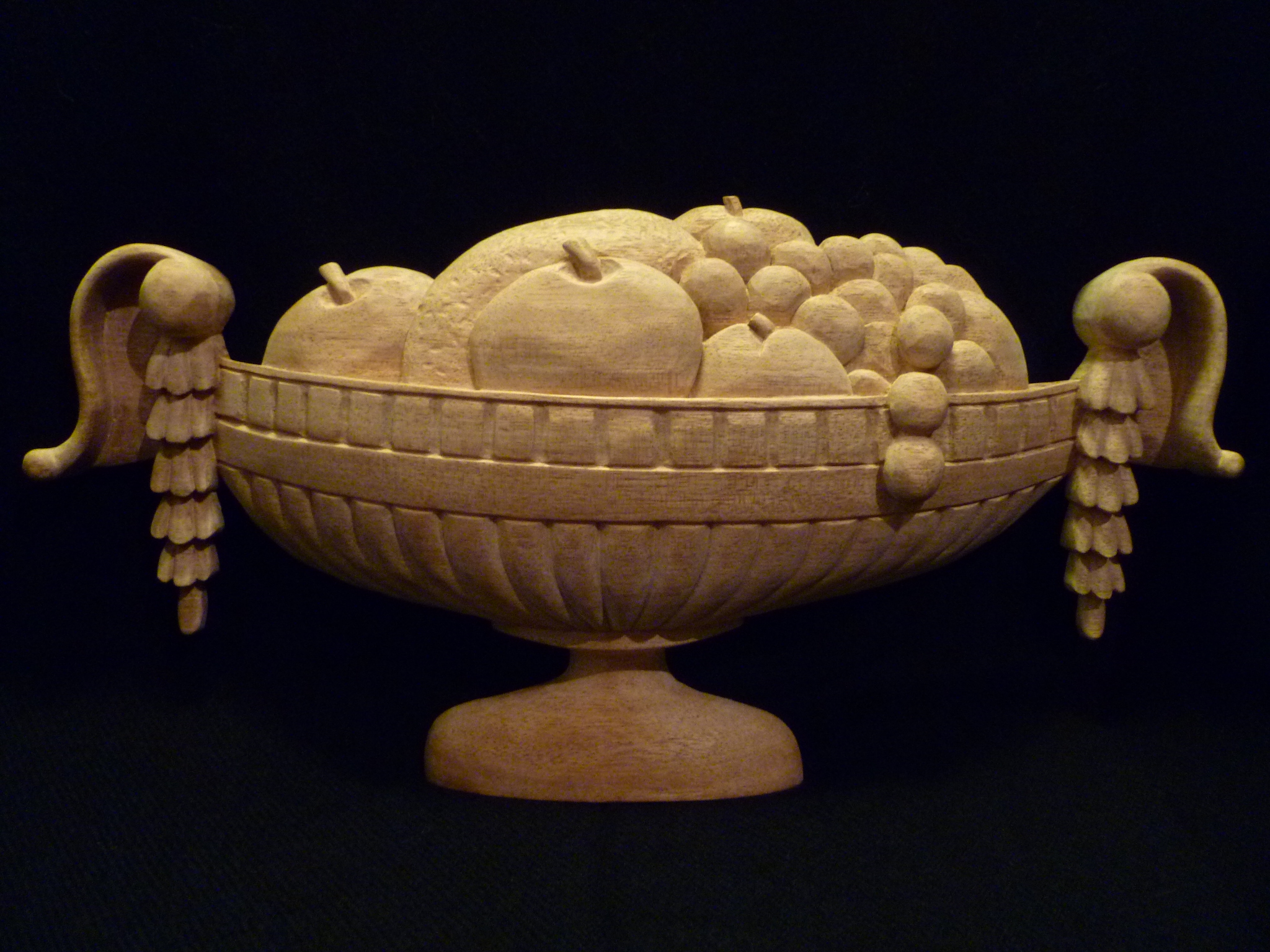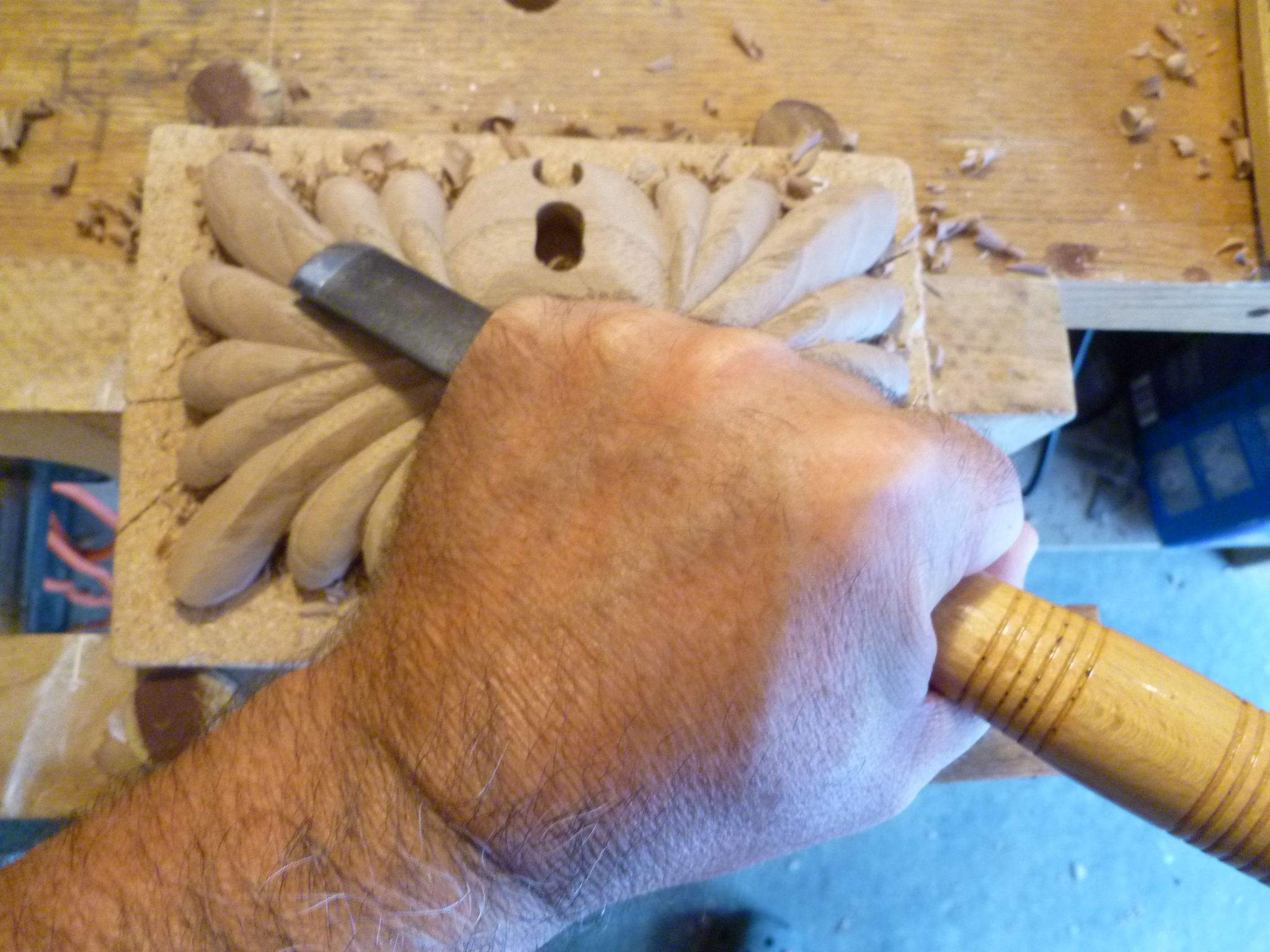
This has been a difficult year. Covid-19 has slowed everything down except for hospitals and anywhere there is an outbreak of the virus. Right now, as I write this, Canadians are in the midst of the toughest government restrictions since March. Many Canadians are stressed and anxious worried about their kids, their parents, their grandparents, their jobs, the future. We hear reports that Canadians are packing on the pounds from stress eating, and liquor sales are way up. Our coping mechanisms are clearly out of whack.
Are you worried about Christmas and what it will look like this year? Don’t fall into the trap of pandemic purchasing, hoping you can buy love with a few clicks on your computer. Instead, why not accept that Christmas will be different and pivot your plans? Buy a tool and make a Christmas gift!

Making your own gifts has more benefits than you might think at first. When I was young, we heated our house with a wood stove, and my dad used to say, “The person who heats their house with wood warms themselves twice: once cutting the wood and once more with a fire.” I think the same applies to creating gifts. When I create a gift for someone, I am filled with love twice.
I believe anticipation is important for our social and mental health. Instant gratification (a click today on Amazon and delivery tomorrow by Prime) robs us of the joy and anticipation we feel as we take a few hours to make something truly unique and hand-made for someone we love. Wrapping that gift made with love for someone we love is a very different thing than fighting the crowds (pre-Covid), or panic purchasing with the Amazon app on Black Friday. Instead, with hand-made gifts we can imagine and hope for the joy we will see in the person we plan to give this very personal, thoughtful creation. Our hearts are warmed with love twice.

If you don’t want to make something yourself but still want to give a personal gift, support a local small business or artist and purchase something hand-made. Ask them to personalize it, even if they don’t advertise this as an option. The other day, I was commissioned to create a special Christmas gift for a baker, and the client asked me to put a note in the package. I personalized the gift, wrote a note with wording from the client, and wrapped it with the shavings I had from the carving process. This gift will be a truly unique sharing of love.
Don’t let this pandemic steal your joy or make Christmas a disappointment. Instead, take control and hand-make Christmas with all the love you want your people to feel from you.
* This blog post was inspired by Joshua Klein.





